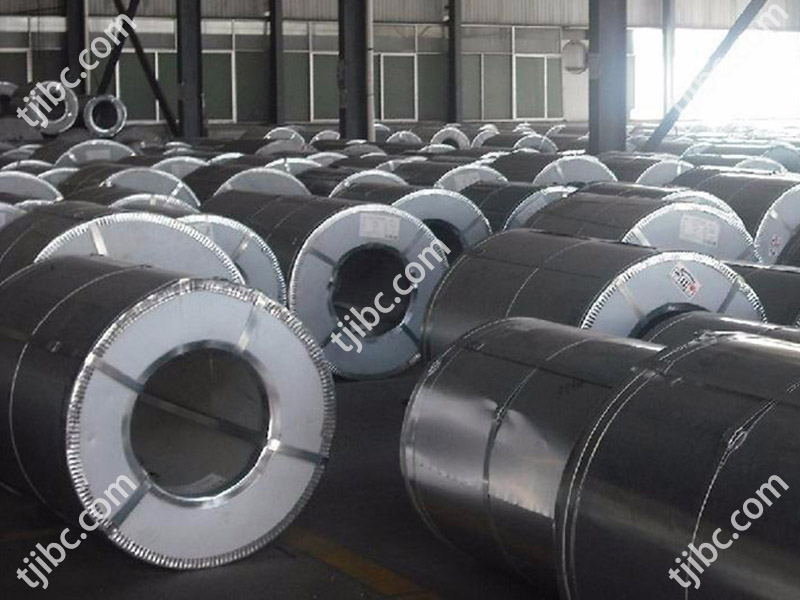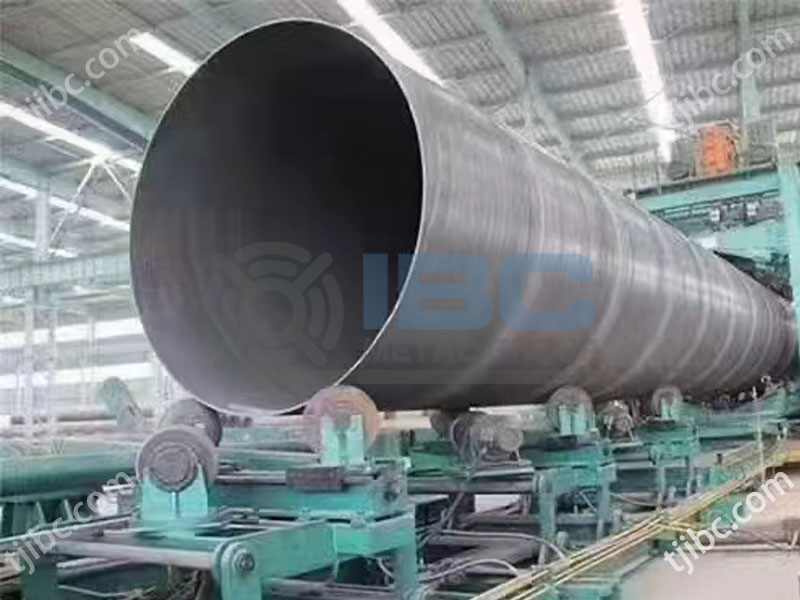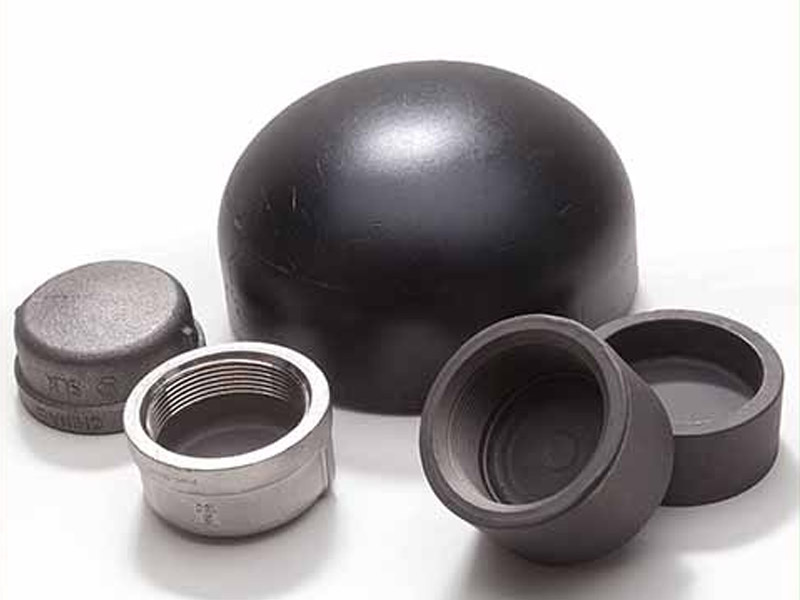Seamless Steel Pipe Tempering Treatment
After the quenching process, the steel parts heated slightly below the critical temperature before kept for a set period of time and eventually cooled in air or oil. This process—known as tempering—is the final step of heat treatment. As its purpose is to enhance the general qualities of steel by high temperature tempering, it enables the metal to have superior strength, toughness, flexibility, machinability and so on.
When tempering a seamless steel pipe, the temperature used must be ascertained accordingly to its material and particular composition. The medium chosen for quenching should rely on the steel’s permeability and the dimension of the pipe. After quenching, the seamless steel pipe can possess a huge internal stress and turn out to be brittle; tempering at a higher temperature is essential in order to ease this tension, enhance its toughness and adjust its strength.
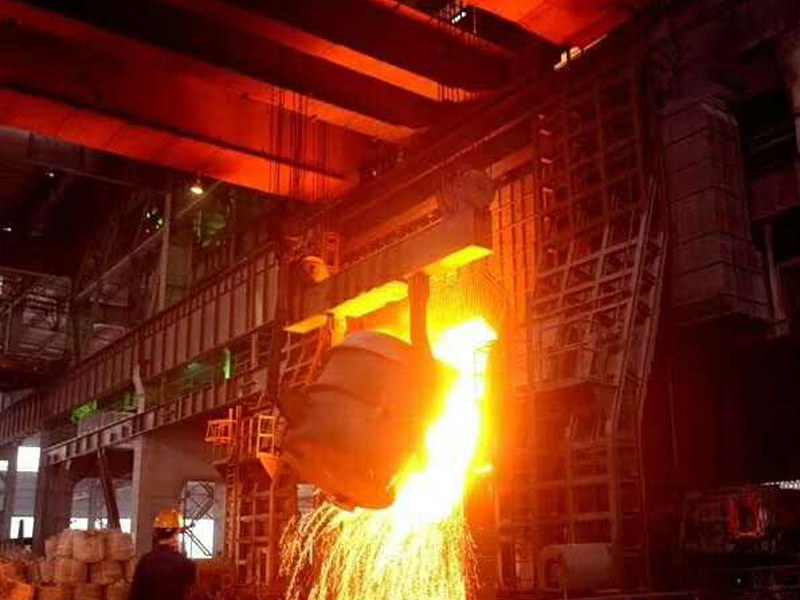
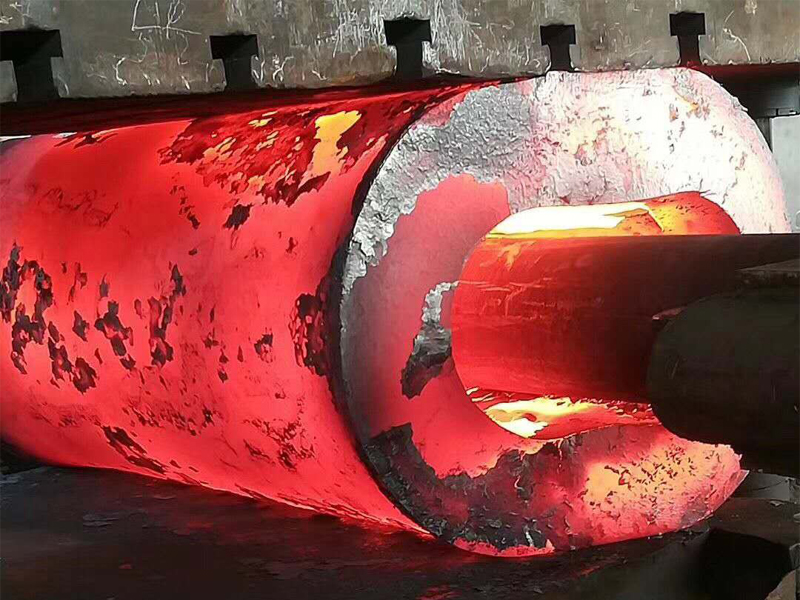
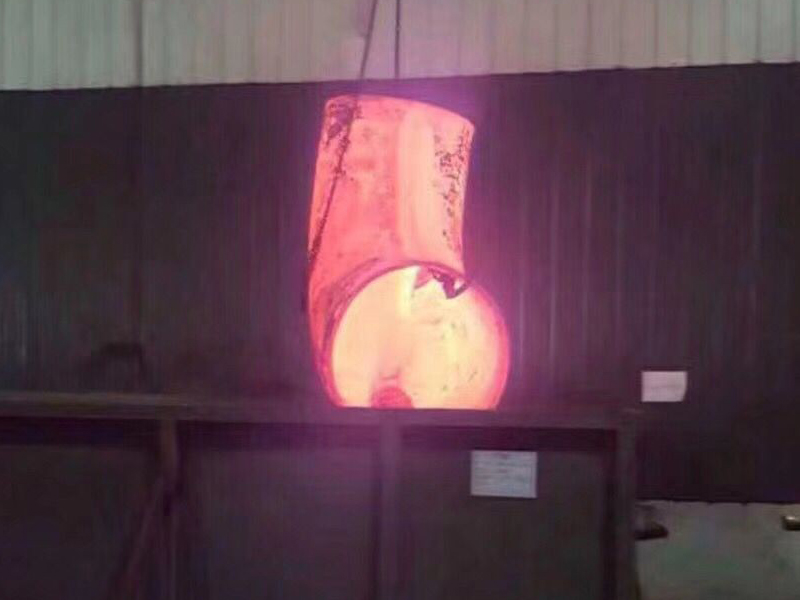
Steps and Principles of Quenching and Tempering of Seamless Pipes
Quenching is the initial step in the process; the temperature of this depends on the material composition of the steel pipe. The choice of quenching medium then corresponds with both the hardenability and size of said steel. Afterwards, there will be significant internal stress and brittleness present; tempering must be done to reduce this, improve toughness and manipulate strength. This is crucially instrumental in solidifying the mechanical properties of quenched and tempered steel pipes. Charting out a tempering curve for various types of steel can assist in deciding on the ideal temperature for tempering them. Furthermore, when dealing with polyalloyed steels that require a higher temperature during tempering, caution taken to avoid further fragility as a result.
Purpose of Seamless Steel Pipe Tempering
① Obtain the required mechanical properties. Under normal circumstances, the strength and hardness of parts after quenching greatly improved, but the plasticity and toughness significantly reduced. And the actual workpiece conditions of the parts require good strength and initial properties. After selecting an appropriate tempering temperature for tempering, the required mechanical properties can obtain.
② Stable organization and stable size.
③ Eliminate internal stress.
Conclusion
After the quenching and tempering treatment of seamless pipes, the parts produced have good comprehensive mechanical properties and widely used in various important structural parts. Especially connecting rods, bolts, gears and shafts that work under alternating loads. The surface hardness of parts is low and wear-resistant. Tempering + surface quenching can help improve the surface hardness.
It is common for quenched and tempered parts to work with huge dynamic loads. High temperature tempering occurs between 500-650°C. These parts have to withstand stretching, compression, bending, torsion, and shearing, as well as friction surfaces, which require wear resistance and so on. Most of the seamless steel pipes are tempered for machining here, and most of them are tempered for machining. IBC Metal Group could produce & supply all kinds of steel pipes, welded and seamless pipe, and coatings pipes.
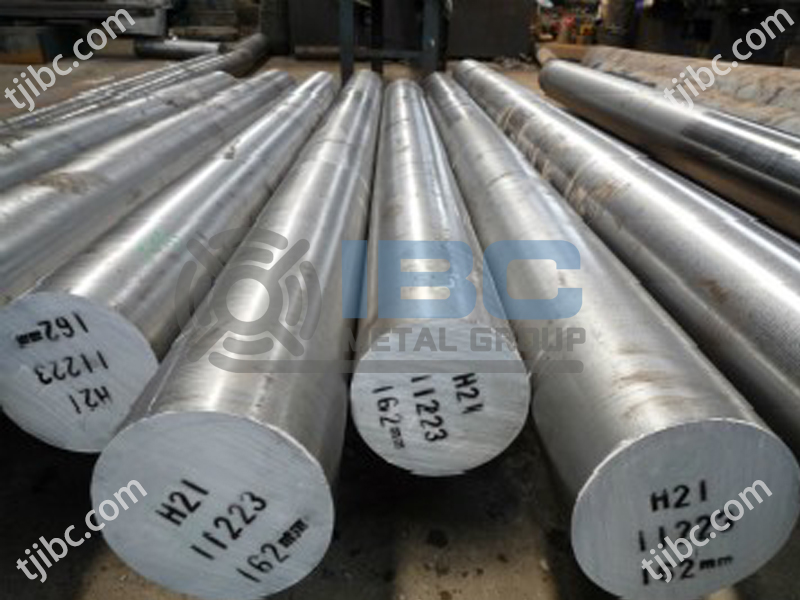
Contact with IBC Metal Group Today!

